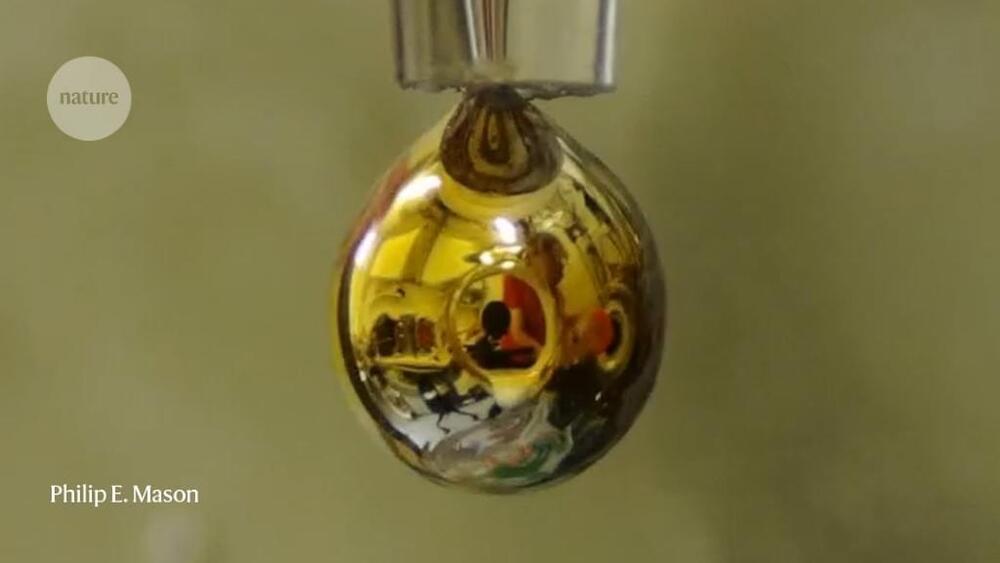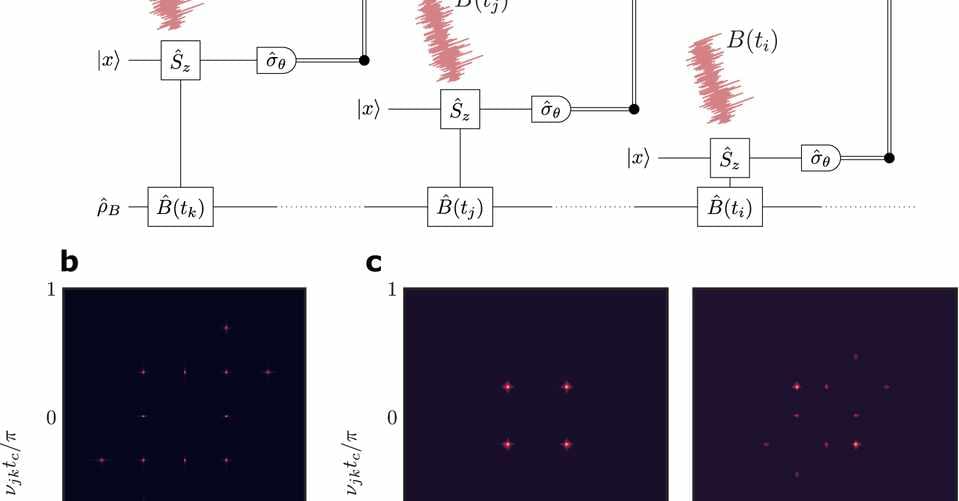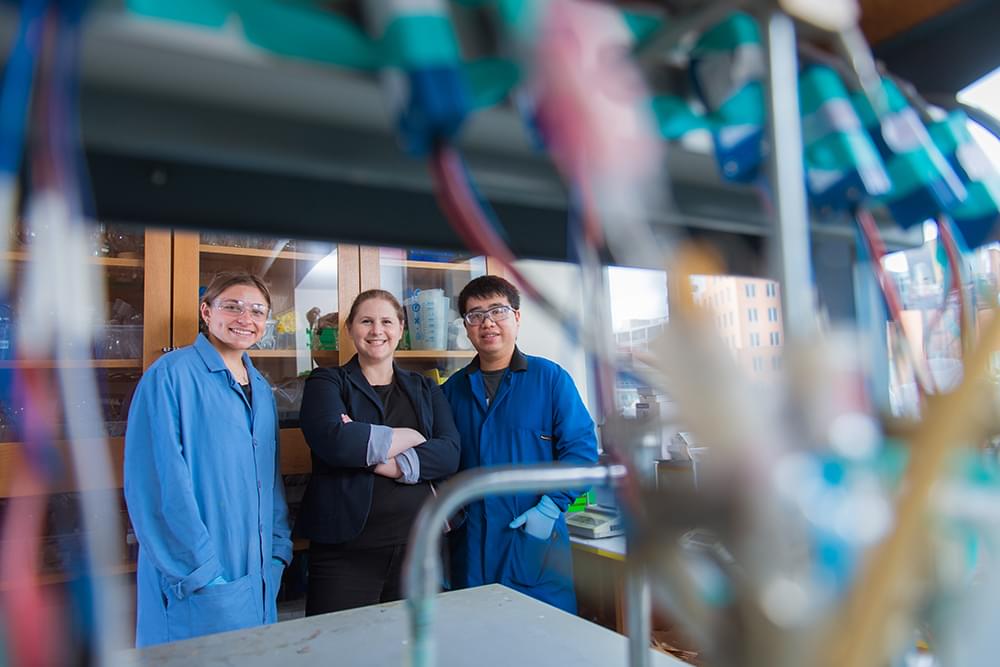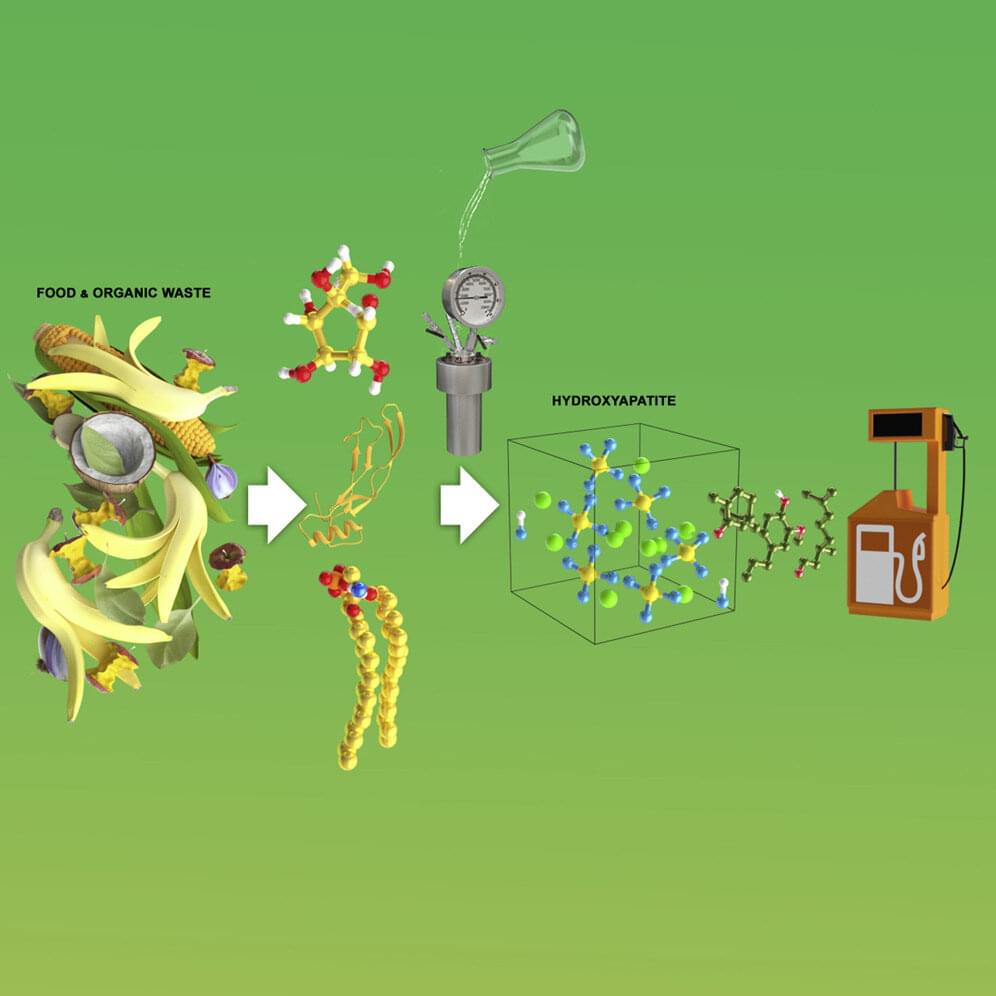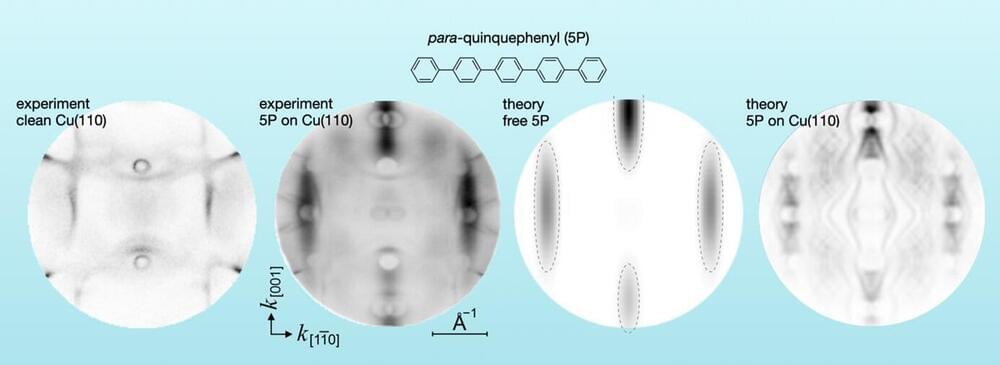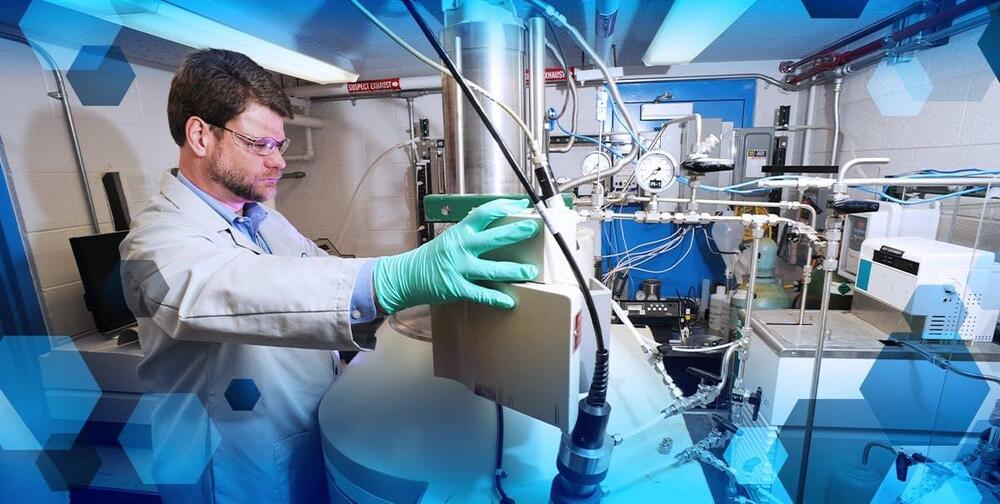Sep 10, 2022
Is Intel Labs’ brain-inspired AI approach the future of robot learning?
Posted by Wise Technology in categories: biotech/medical, chemistry, information science, robotics/AI
“Neuromorphic computing could offer a compelling alternative to traditional AI accelerators by significantly improving power and data efficiency for more complex AI use cases, spanning data centers to extreme edge applications.”
Were you unable to attend Transform 2022? Check out all of the summit sessions in our on-demand library now! Watch here.
Can computer systems develop to the point where they can think creatively, identify people or items they have never seen before, and adjust accordingly — all while working more efficiently, with less power? Intel Labs is betting on it, with a new hardware and software approach using neuromorphic computing, which, according to a recent blog post, “uses new algorithmic approaches that emulate how the human brain interacts with the world to deliver capabilities closer to human cognition.”
Continue reading “Is Intel Labs’ brain-inspired AI approach the future of robot learning?” »

